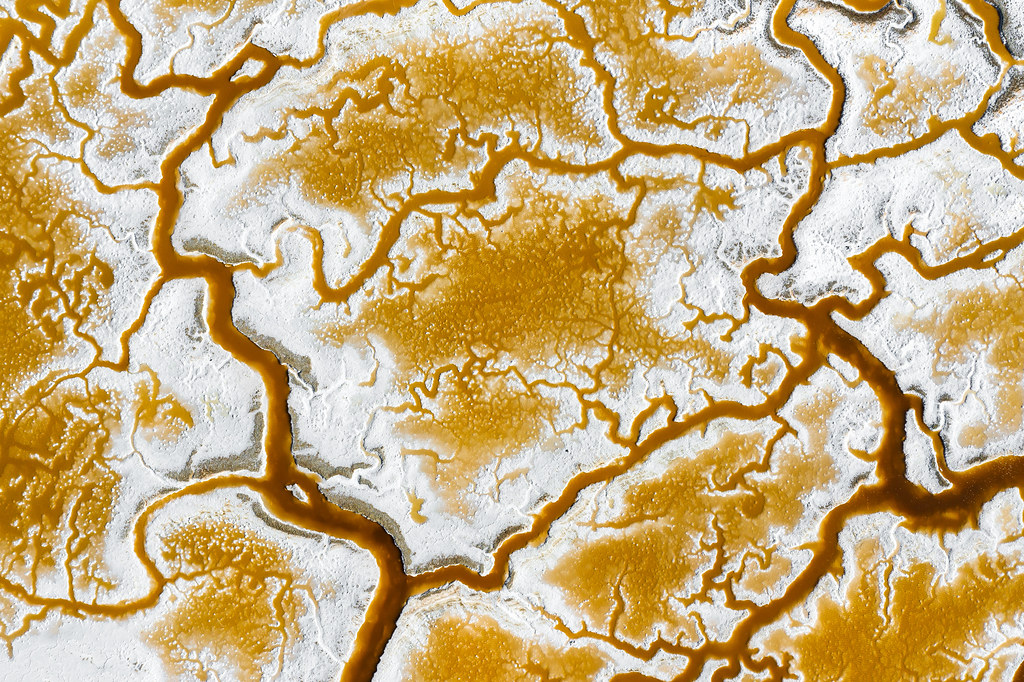Physics and chemistry are fundamental to life, but how we went from molecules to upright humans remains unknown. Scientists are now investigating just how many steps it may have taken before chemicals “came together” and reacted in ways that resemble modern living systems.
One current leading model for the origin of life is the “RNA World” hypothesis. Proponents of an RNA World say that RNA was the first molecule to make copies of itself. That self-replicating genetic code may have linked its primordial strands together and began making proteins, the physical building blocks of organic life. Once assembled, RNA then acts like an enzyme facilitating new chemical reactions.
So what chemical reactions made RNA? Scientists are considering the possibility that chemicals essentially ignite themselves into action, or catalyze, giving rise to the many chemical processes inside the bodies of living things. They suppose these kinds of metabolic pathways may have existed before RNA.
To test this hypothesis, researchers are experimenting with particular chemicals to see if they react with one another and create visible, life-like patterns on mineral surfaces. By “working together,” chemicals may spontaneously regenerate and “grow” across a surface, similar to how metabolic pathways catalyze in all living things.
Such experiments selected chemical compounds considered prebiotic, or present on Earth prior to the emergence of life. This includes compounds essential to life’s many functions, like amino acids for structuring proteins, or bases (A, T, C, and G) in coding DNA. So researchers first prepared two different prebiotic “soups” with powdered mineral grains of pyrite. Pyrite, an iron-sulfide mineral, was the only mineral used in the experiments because of its ample presence on early Earth, and its ability to host chemical reactions at its surface.
After a set incubation period, each solution was checked to see if patterns had formed on the surface of the pyrite grains. These solutions were then repeatedly transferred to new vials, progressively enriching with each generation. This cycling sought to disrupt equilibrium much in the way you might jump a dead car battery. The desired outcome was to see if the rate at which the patterns spread would become faster than the rate of transfer. In other words, would the soup become a self-driving car and go over the initial speed limit?
Over time, the solutions did reveal fractal growth patterns on the surface of the pyrite mineral grains. This fractal pattern could be a sign of an organic layer present and gradually spreading across a surface. Overall, the results suggest that select prebiotic chemicals could preferentially grow and evolve over time without technically being alive. While studies of this nature will certainly require replication, selecting and enriching prebiotic chemicals on mineral surfaces could provide further evidence that metabolic pathways are a necessary precursor to all life.


